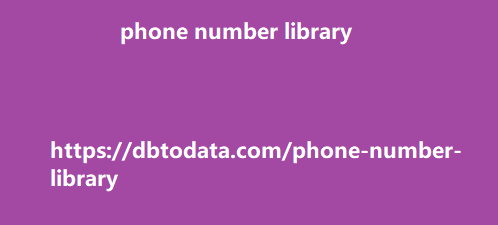Server error Often, a 501 can be a sign that your server is unable to accommodate the requested feature or functionality—which means it’s unable to appropriately respond to the end-user browser request. This means that whoever is managing your server needs to take another look at the server stack and how it’s configured (which might be done in-house, or by your provider). more traffic than usual or anticipated, chances are the host server is not equipped to handle that surge of visitors. As a result, their requests might not get fulfilled by your host server, resulting in a 501 Not Implemented error. If this happens often, consider scaling up your server plan to accommodate your growing audience.
Billing issues If you’re behind on your
server hosting payments, then it’s possible your provider has decided to default your site to 501 status while your payment is pending. This can be their last resort before removing the account altogether. So make sure you’re on top of your service payments. How HTTP 501 Error Impacts SEO Even if the error is server-side (and likely out of your control, if you’re working with a hosting service), keep in mind that longstanding or repetitive 501 errors on your website is something you can’t ignore. Here’s the thing: any error that doesn’t allow your audience to see your website properly will affect your business. This includes your SEO and its effectiveness.
501s in particular can have a major effect on
your SEO. Now, Google has a little grace when dealing with server errors. If it sees a 501 error, the page is marked for revisitation. Usually, when it comes back to check, the error is already fixed. If, however, the error lasts for an extended period of time (like a day or two), then Google might mark your website as inaccessible, which might lead to it de-indexing any of your affected pages. De-indexing is a huge problem—you lose your rankings for any pages removed from the search results, which you’re not guaranteed to get back even if you restore the pages. To make matters worse, if Google encounters plenty of 501 errors on your website, it will reduce the frequency at which its bots crawl your site.
That means slower indexing and ranking
updates. So, knowing how to fix 501 Not Implemented errors—and how to avoid the issue in the first place—is a must for SEOs and webmasters. How to Prevent 501 Errors from Hurting Your SEO Monitor your site regularly for errors. You can find server errors Google Search Console’s indexing reports: Page Indexing Report from Google Search Console Or, you can scan your website using third-party SEO auditing tools, like Screamingfrog (A tool my team and I use personally). If these scans show any 501 errors, you can work to fix them by following the steps outlined in the previous sections. Key Takeaway Seeing a 501 Not Implemented error means that your server is unable to process your browser’s requests, preventing pages from being loaded properly.
This can be solved with a few easy fixes on your
end, such as refreshing the page or austria phone number library clearing your cache—and if that doesn’t work, then you’ll have to work with your hosting provider to resolve these errors. This is a must as 501 Not Implemented errors on your website can ultimately impact your SEO, especially if it affects your website for more than a few hours. Our Best Kept SEO Secrets! SEO School Growth Hacks Get the Top 10 Inbound Marketing News Every Month Name: Email: Submit Form SEO Tools Cognitive How to Fix a 500 Internal Server Error What a 500 Internal Server Error is, and How to Fix it Table of Contents Show No one likes opening a webpage and seeing a 500 internal server error message—especially when it’s on your own website.
The problem with seeing this is the mystery
behind it: a 500 internal server error is a very general HTTP status code with no definitive clues as to what is causing it. If you’re seeing one now and are stumped, don’t worry. We can help you find what’s wrong, and what you need to do to fix it. What is a Website Status Code? Also known as a HTTP status code, these are a series of numbers that equates to a certain status of a webpage that you are currently viewing. Whenever you visit a website, your browser sends a request to its server. The server then processes it, and sends back the resources needed to load whichever page you’re requesting.
Attached to that is an HTTP header as well as
a status code. If everything can this information can also help businesses load fine, that status code is a 200. If there’s something wrong, it could be a 500 status code. Webmaster’s Note: This is part of our more comprehensive guide to Technical SEO, where I cover everything you need to know about crawlability, indexing, and page speed optimization, as well as helpful tips on how to troubleshoot common website errors. What are 500 Internal Server Errors? The 500 Internal Server Error, also known as HTTP Error 500, is a server response that indicates an unexpected problem preventing the server from fulfilling the user’s request. In simpler words, it’s a general message from your server saying “There’s a problem, but I’m not sure what.
” 500 Internal Server Error So if you’re seeing one
now, then it is important to chine directory understand that the issue is not due to the user’s browser, internet connection, or device. Instead, the problem lies with the server that hosts the website. This server-side error can manifest in various messages, as different websites may display their own variations of the 500 error. Here are some of the different variations of the 500 Internal Server Error: 500 Internal Server Error Internal Server Error 500 HTTP Error 500 HTTP Status 500 – Internal Server Error Error 500 Internal Server Error 500 Error Temporary Error (500) 500 –Errors The generic 500 server error can be challenging to pinpoint, because it is a general error—it does not point to any specific cause from the get-go.



